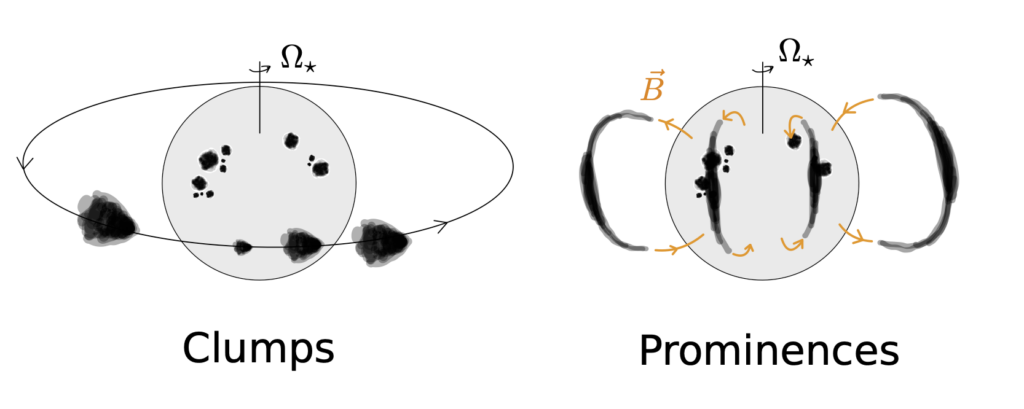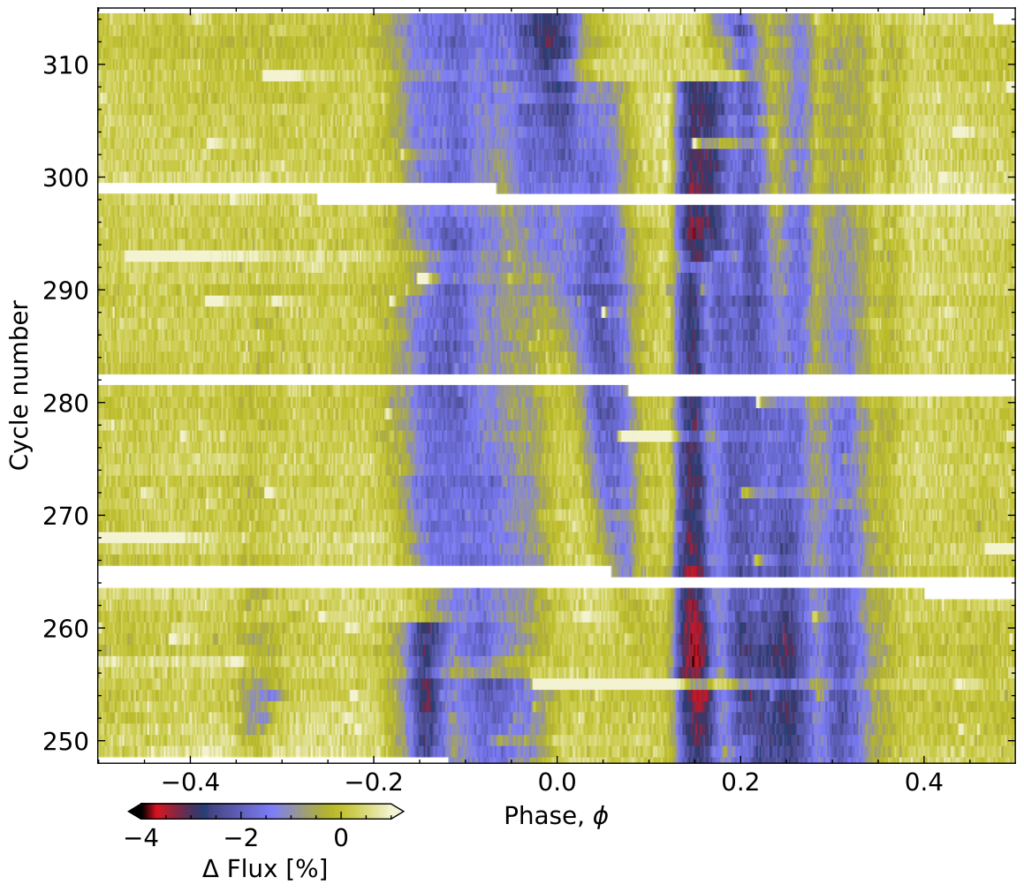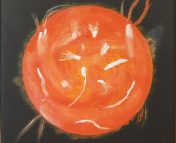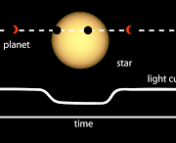Title: Transient Corotating Clumps Around Adolescent Low-Mass Stars From Four Years of TESS
Authors: Luke G. Bouma, Rahul Jayaraman, Saul Rappaport, Luisa M. Rebull, Lynne A. Hillenbrand, Joshua N. Winn, Alexandre David-Uraz, And Gáspár Á. Bakos
First Author’s Institution: Department of Astronomy, MC 249-17, California Institute of Technology, Pasadena, CA 91125, USA
Status: Submitted to AAS Journals [eprint on Arxiv]
The flow of time gently pushes us all down stream, making the present past, and the future present. So much of science, and even life, is trying to understand how time will change what we experience and observe. What remains the same? Is this something stable that we can rely on? What changes? Is this moment precious? Just a fleeting incident? And how can we tell the difference? These are hard questions, no matter the subject. But, today’s authors are unfazed by the challenge and seek to understand what can be said about a mysterious group of M-dwarf stars that seem to be stable in their changing!

Complex Periodic Variables
The subject of today’s study are Complex Periodic Variables (CPVs), a new name for objects previously called Complex Rotators and, before that, Scallop-Shell Objects. While the name has changed, the type of object the names describe hasn’t. They are all young (<200 million years old), rapidly spinning (<2 day rotation period), small, M-dwarf stars. Only about 150 of them are known, and each has been associated with groups of other young stars, ranging from 2~200 million years of age.
What makes CPVs stand out from the crowd in their young groups are their light curves: the measure of their brightness over time. Young stars tend to have big, dark star spots on their surface that rotate into and out of view from our telescopes observing them. This normally produces a smooth repeating pattern in the light curve, varying at the spin rate of the star. However, CPV light curves show sudden, sharp repeating features (rather than smooth ones). This can’t be caused by star spots alone, but like starspots, they are stable for weeks and seem to co-rotate with the star. This is thought to be caused by either clumps of material orbiting at the right distance to be phased with the star and blocking starlight, or material in prominences formed off the surface of the star due to its magnetic field (Figure 1).

What remains the same? What Changes?
To try to get a better handle on how stable these complex variations are, and to potentially find some more, the authors looked in the 2-minute-cadence data of TESS for objects with complex variability and found 50 of them. Many of them were previously known, but some were new, and the 50 served as a great data set for looking at the complex shapes of the light curves. Of the 50, a subset had observations at least 2 years apart. They show the difference in the repeating light curve shape for 27 of the objects in Figure 2.
They found that, for the most part, the objects’ light curves were still showing complex shapes but the shapes were different between years. Furthermore, a few (TIC 201898222, TIC 404144841) actually do lose all complexity between observation windows. So while the complexity is stable over the course of weeks or months, it looks like things do change over the course of years.

To examine that further, the authors did a deepdive on a particular star: LP 12-502. They broke up the light curve patterns even further; now instead of looking at month-long TESS observation sectors, they look at a specific number of cycle repetitions for the object (Figure 3). This finer subdivision revealed that even after every 10-20 cycles of rotation there were subtle, and sometimes dramatic, changes in the shape of the lightcurve. Furthermore, they were able to point to noticeable flares occurring before some of the changes in the light curve, potentially pointing to a link between flares and changing shape.
The River of Time
So what did they conclude? That the complex variability of the CPVs changes on multiple scales, and even more analysis needs to be done. To really drive the point home, they made a series of river plots, such as those shown in Figure 4. Instead of a lightcurve, the changes in brightness in each cycle is shown as a strip of colors, and then stitched together on top of one another. It creates a river of time, each cycle a slice of a river seen from above. This view shows the variation as crests or waves. From our “birds eye view”, we can see the texture of the “water” or brightness changes.

I find these plots peaceful; I want to be sat in an innertube, floating along their surface. Tough questions of change become easier when considered in comfort. The ripples of brightness ferry me down the lazy-flowing river of time, the gentle motion meandering my thoughts around the potential cause of these mysterious objects.
Astrobite edited by Ivey Davis
Featured Image Credit: components from Pixabay, Free Stock photos by Vecteezy, and NASA




